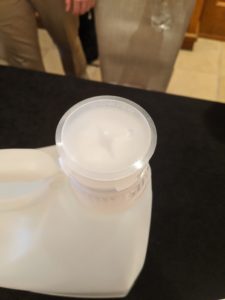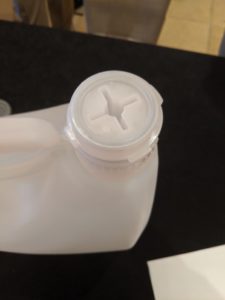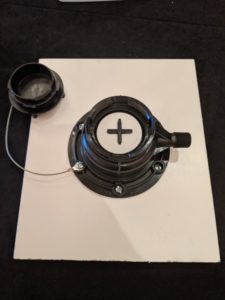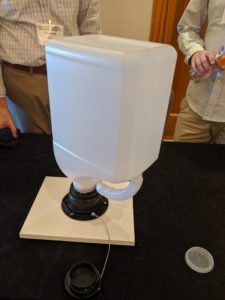In the October 2019 issue of the Vegetable Crops Hotline, I referenced the new regulatory changes to herbicides containing the active ingredient paraquat. One of the new requirements is for closed system packaging. To quote the Environmental Protection Agency (EPA):
“New closed-system packaging (is) designed to prevent transfer or removal of the pesticide except directly into proper application equipment. This will prevent spills, mixing or pouring the pesticide into other containers or other actions that could lead to paraquat exposure.”
Earlier this month I had a chance to see one of the ways chemical companies are complying with the new regulation.
At the Weed Science Society of American Annual Meeting, Syngenta presented their closed packaging and transfer system. It contains a closed system cap that cannot be removed or opened by hand (Figures 1 and 2). In order to remove herbicide from the container, the cap must be connected to an adaptor (Figure 3) which can be attached to the mix bowl, eductor tank, or spray tank. The adapter will be distributed through chemical company representatives and chemical retailers.
The process of using the new closed transfer system:
- Remove the dust cap (Figure 1).
- Invert the jug and place it onto the adapter (Figure 4).
- Rotate the jug clockwise to start the flow of herbicide.
- Regulate flow by how much the jug is turned: counter-clockwise to slow flow, clockwise to speed it up.
- Once the desired amount of herbicide has been dispensed, turn the jug counter-clockwise and remove it from the adapter.
- When the entire contents of the jug have been emptied into a tank, the jug can be rinsed by attaching a hose to the rinse port on the side of the adapter. The adapter is designed to prevent back-flow.
The side of the jug has volume marks that can be read in both the upright and inverted positions (Figures 5 and 6).
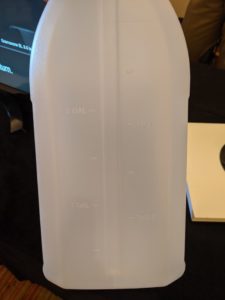
Figure 5. The side of the jug has volume marks that can be read in both the upright and inverted positions
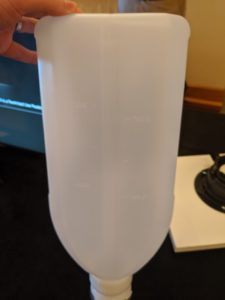
Figure 6. The side of the jug has volume marks that can be read in both the upright and inverted positions
It is expected that all non-bulk paraquat containers less than 120 gallons will be in closed system packaging by fall of 2020. Start planning now to be prepared to implement the new closed transfer systems into your farm operation.
To see a video demonstration of the closed transfer system, feel free to visit the Syngenta webpage at: http://www.syngenta-us.com/herbicides/gramoxone-sl-3.0
